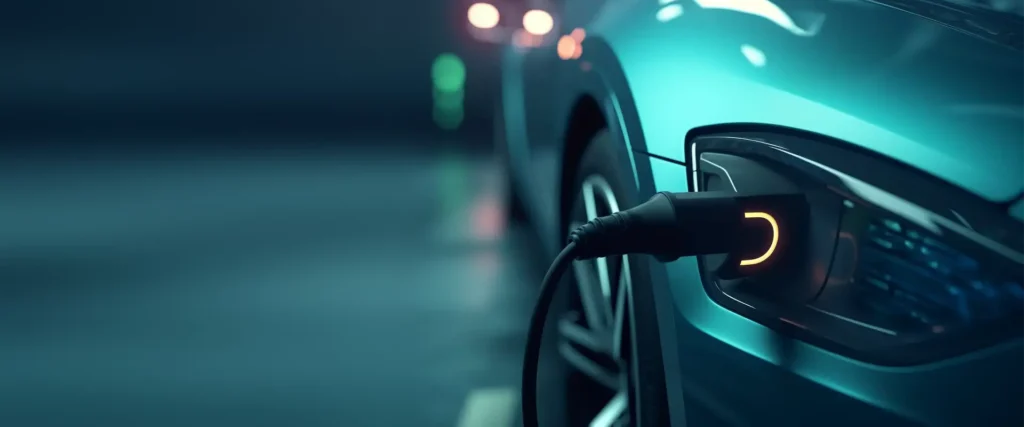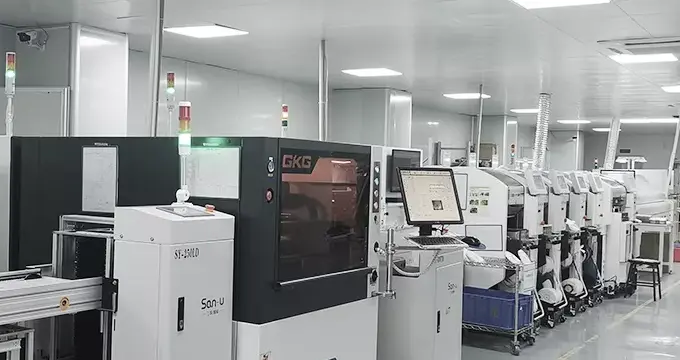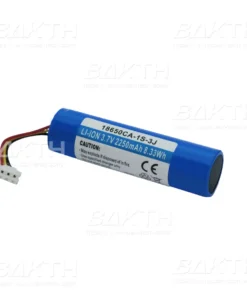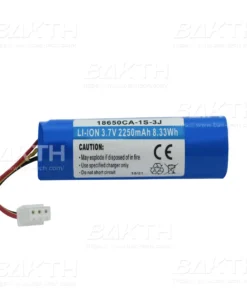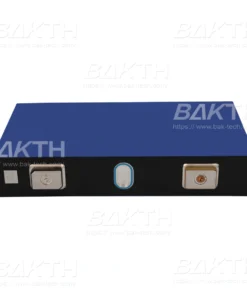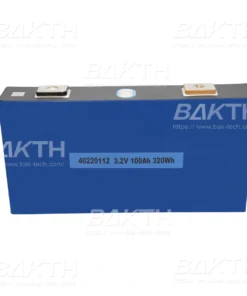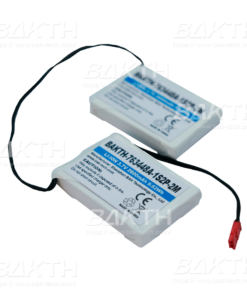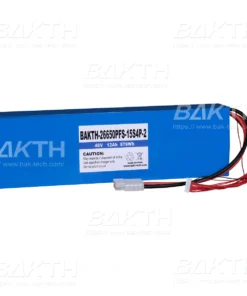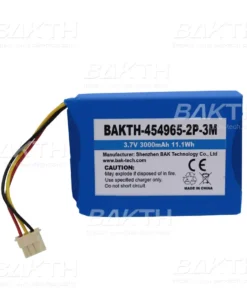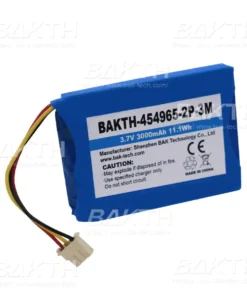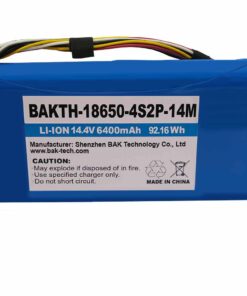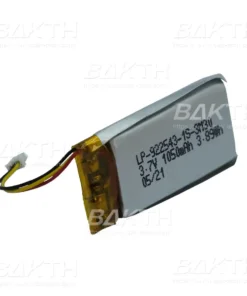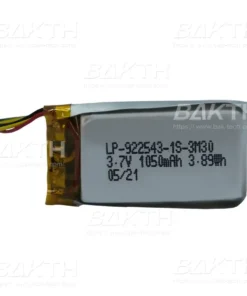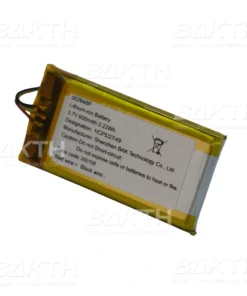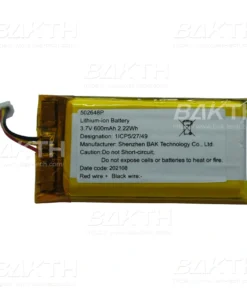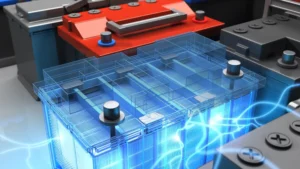- Portable power station
- Outdoor power solution
- Solar battery charger
- Green energy
Our Clients
Quality Products Stem from Our R&D Commitment
At BAK Technology, our commitment to quality comes along with our dedication to custom made products. Our customers all want great batteries and power sources, but they all need something different. With more than 18 years of experience, our engineers are great at designing special battery solutions. These technologies are not just about meeting needs they’re about adapting to diverse conditions.
These designs are not just about meeting needs they’re about adapting to diverse conditions. Our R&D has tailored batteries that work all across the World. Wherever your field of application is:
- Do you deed to endure the scorching sands of Madrid’s beaches?
- Do you require power through the frigid winter nights of North Dakota?
As a reliable partner, we will provide you for any of your battery needs! This diversity and attention to detail underscore our promise: to deliver unparalleled quality tailored to every environment.
Product Center
Customizable battery pack
Customizable battery pack
Customizable battery pack
Customizable battery pack
Customizable battery pack
Customizable battery pack
Customizable battery pack
Solutions
BAK Technology’s batteries power many devices, making them work better and last longer. We focus on making batteries that work well for different uses. Our team of experts works hard to make batteries that fit exactly what you need. We make all kinds of batteries, from simple ones to advanced storage systems.
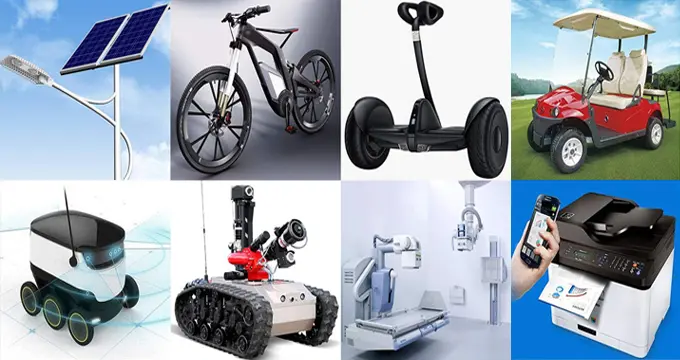
Our batteries help drones enable extended flight times and enhanced performance. They make electric bikes gain increased range and power, making every ride smoother. On the water, our batteries bring a new wave of efficiency to electric boats, ensuring smooth sailing with sustainable power. And for the leisurely afternoons on the golf course, our power cells in golf carts offer reliability that matches your game’s calm precision.
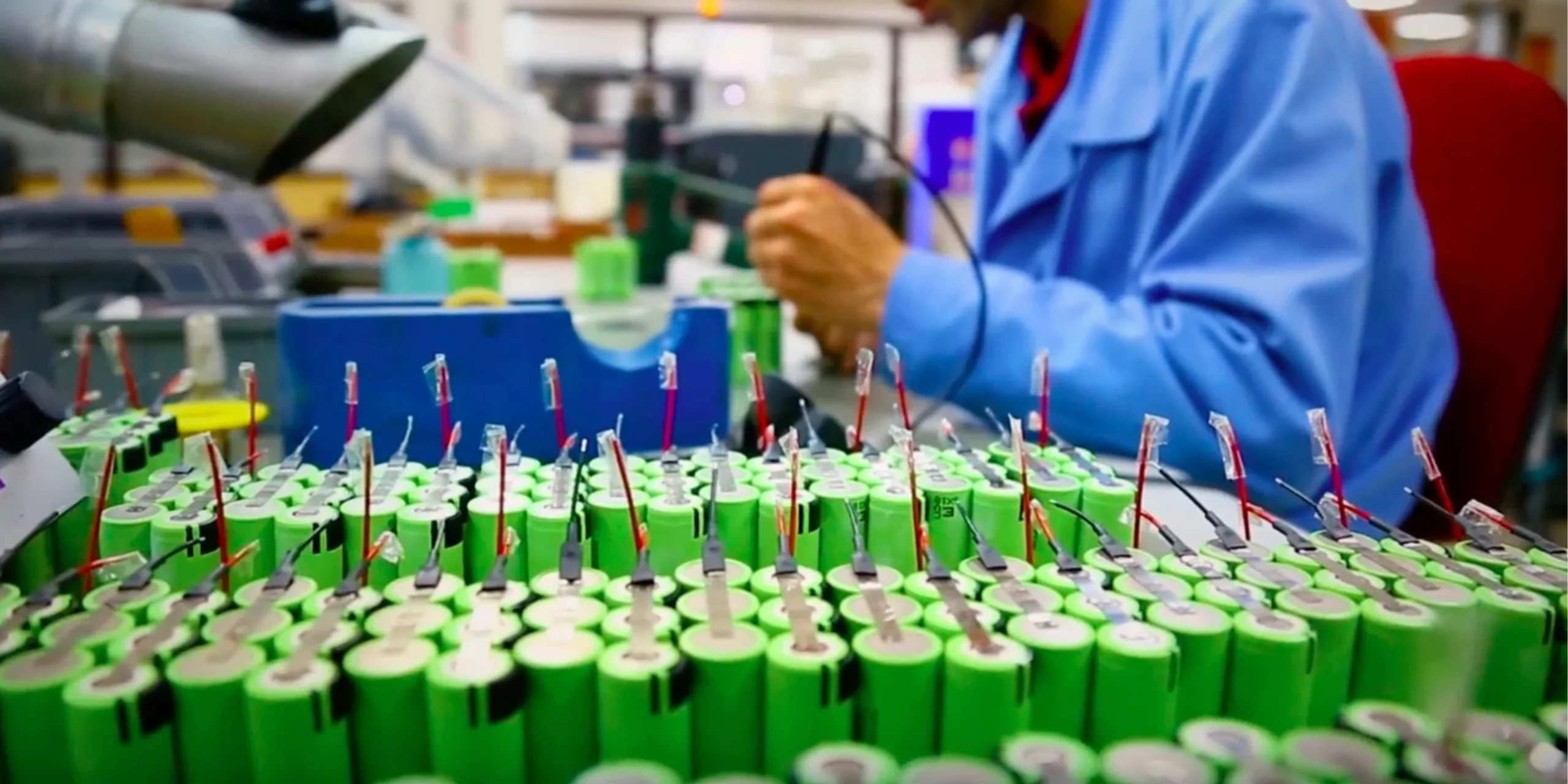
Who We Are
We are the proud Shenzhen BAK Technology Co., Ltd. Started in the heart of the innovation-rich city of Shenzhen more than 18 years ago, we have occupied a leading position in the rechargeable power industry. We’re not just manufacturers; we’re pioneers, dedicated to crafting bespoke battery solutions that help you #GoFarther, #WorkLonger, drive the future. Our arsenal includes:
- Cutting-edge lithium-ion
- Polymer, lithium iron phosphate battery packs
- Independent research and development design PCM
We engineer battery cells and packs ensuring consistent performance under extreme conditions. Our products challenge the cold climates of North America and Europe. We have the latest tech for research and testing. Our experienced team includes managers, engineers, and technicians. Their goal is to make sure our batteries are top-notch. This blend of advanced infrastructure and expertise ensures we deliver reliable and innovative battery solutions. We create batteries that are not only innovative but also dependable. This is how we earned your trust over decades.
Our News
LiFePO4 12.8v 100Ah battery
We produced an awesome 12 volt 100 Ah LiFePO4 battery pack And we would like ...
Three prices of LiFePO4 batteries pack
There are three ways to quote the price of LiFePO4 batteries pack, one is the ...
A Comprehensive Guide to understanding 12V LiFePO4 Batteries
And in this article we’ll take a closer look at all the features, benefits, and ...
48v LiFePO4 battery
The subtype of this big Lithium Ion battery family of batteries is the 48 volt ...
Advantages of Energy storage batteries
Battery energy storage, as an important way of electrical energy storage, has power and energy ...
Li-polymer battery use precautions
The Li-polymer battery is using file alloy as the positive electrode. It uses polymer conductive ...







